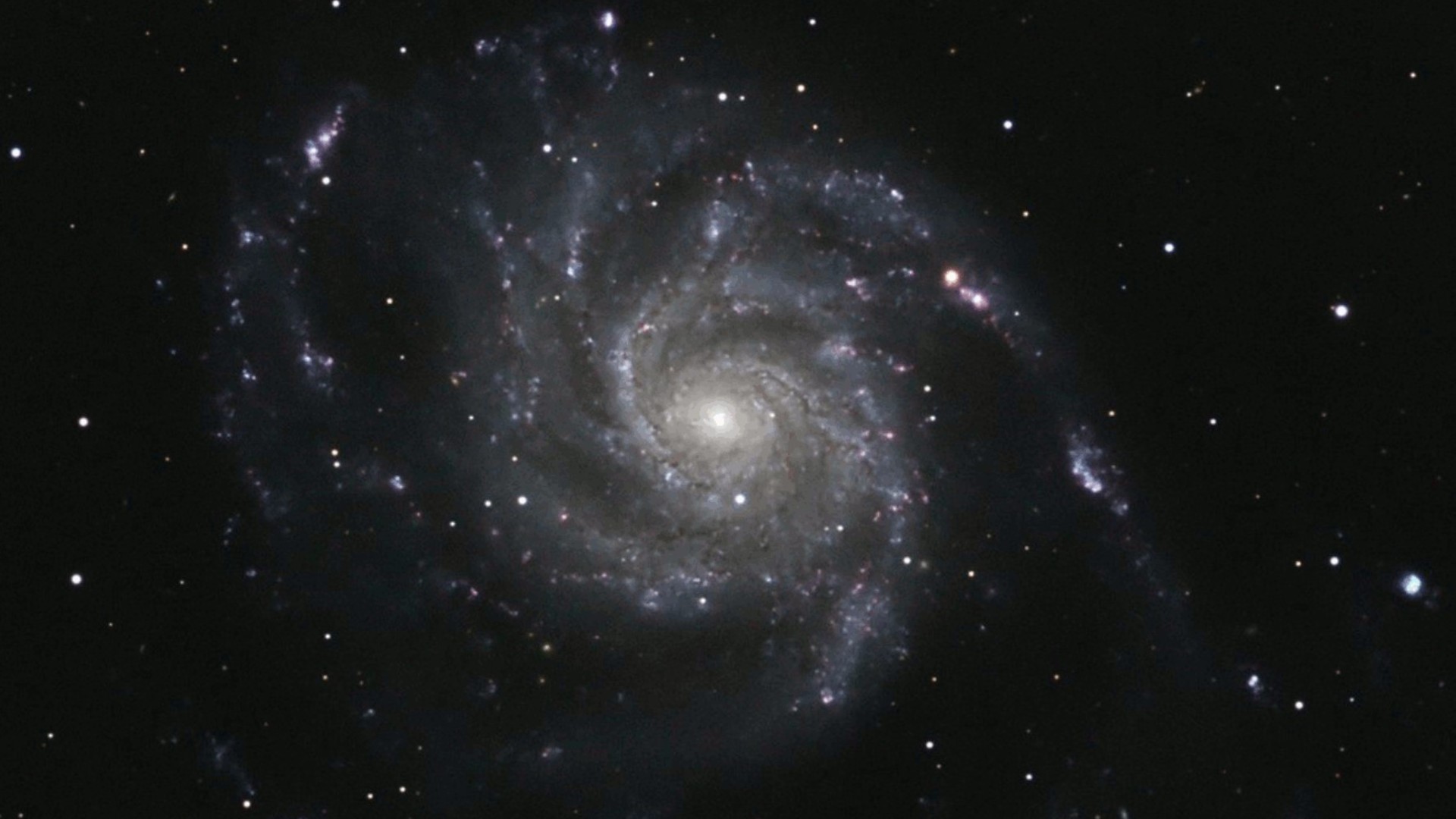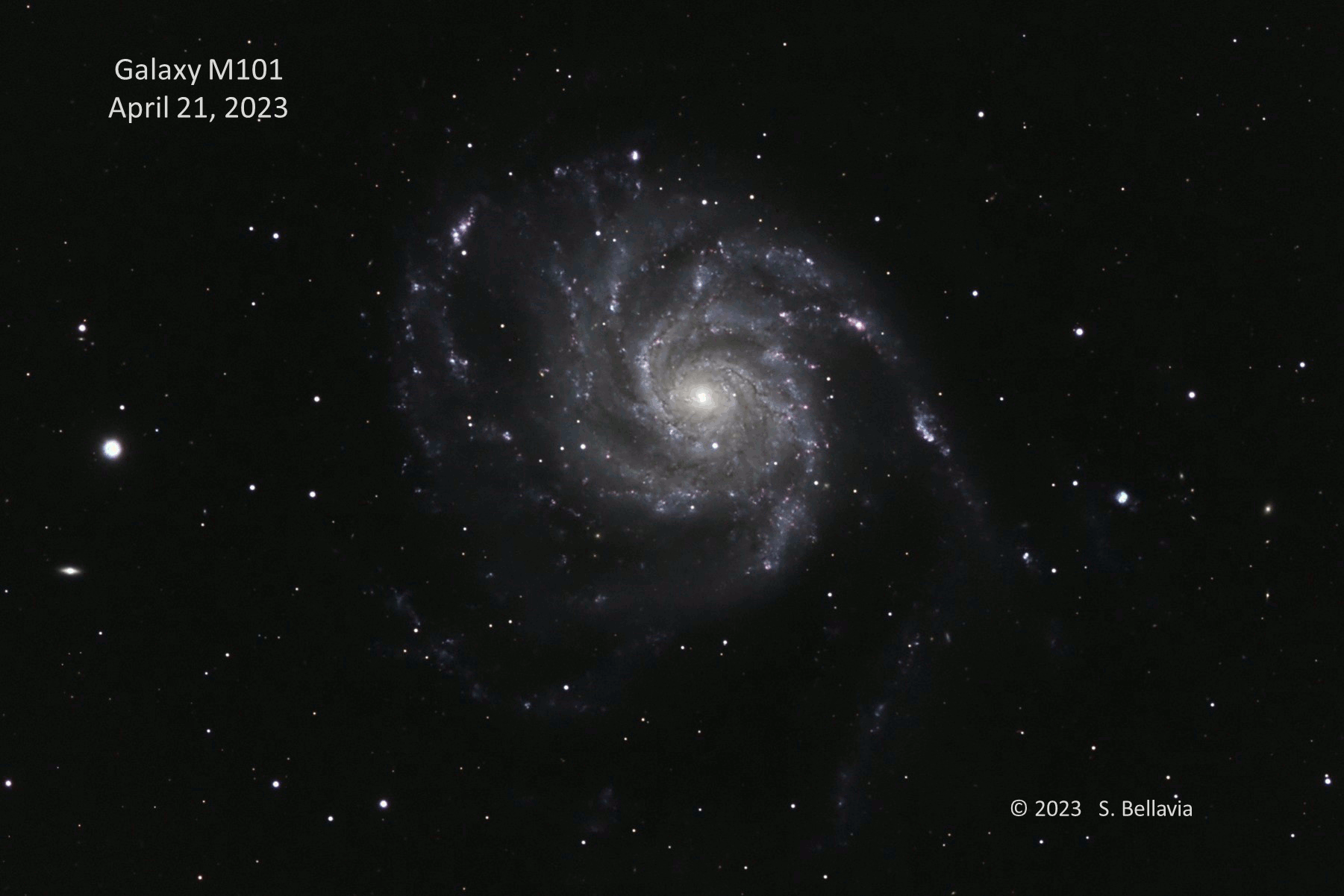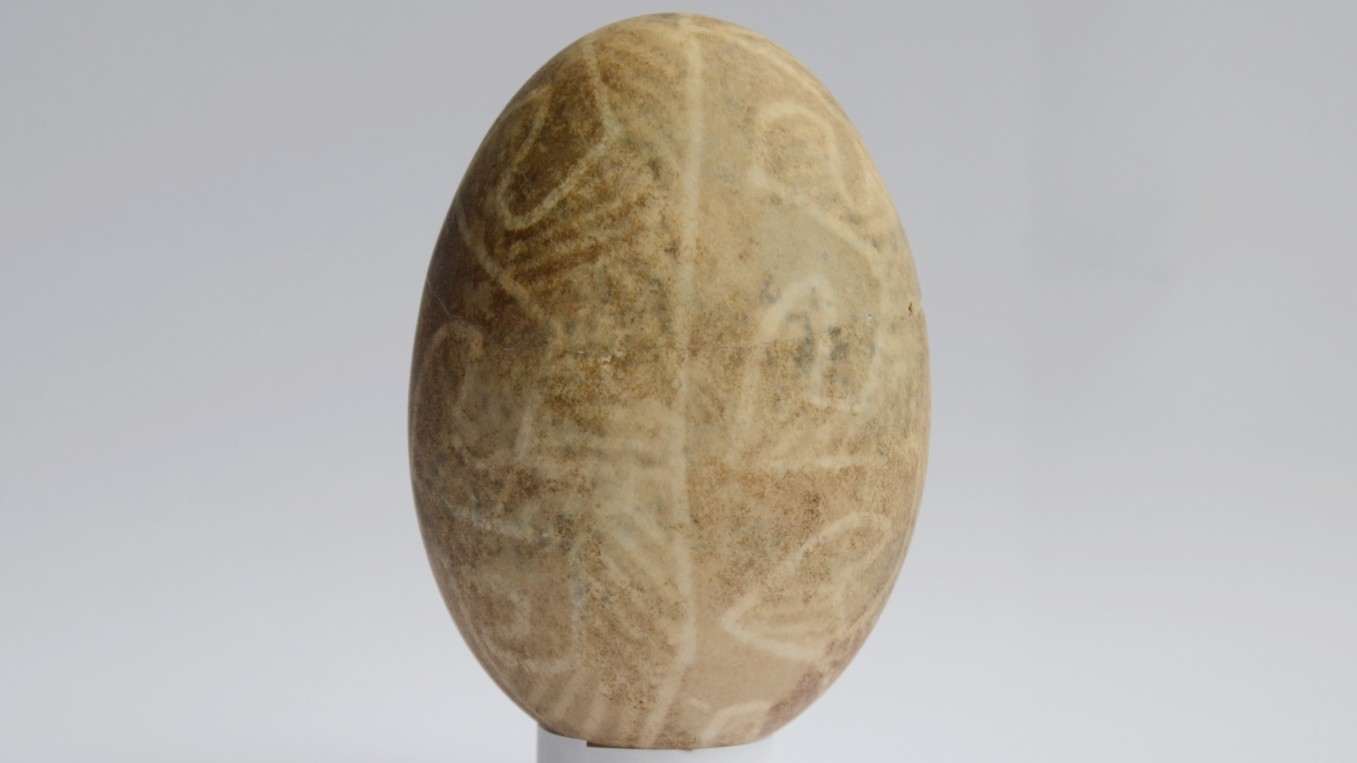Watch the biggest supernova in 10 years explode tonight on this free telescope livestream
The supernova, designated SN 2023ixf, is one of the largest and brightest seen for a decade.

A newly discovered supernova can be watched as it develops in real-time, online and for free.
This particular galaxy and supernova can be difficult to view in the night sky without the right conditions or telescope, however. Luckily, the Virtual Telescope Project will livestream the cosmic explosion on its website and YouTube channel as it develops via its power robotic telescopes based in Rome, Italy. The online event will kick off at 6:30 p.m. EDT (2230 GMT) on Friday, May 26. Note that this event is weather dependent and could be delayed or cancelled due to poor conditions.

The supernova, designated SN 2023ixf, is one of the largest and brightest seen for a decade. The exploding star was first spotted in an image taken by experienced supernova hunter Koichi Itagaki, from Yamagata, Japan, on Friday, May 19, 2023. This initial observation was followed up by the Zwicky Transient Facility (ZTF) telescopes in California, which confirmed the discovery on Saturday (May 20).
The proximity of SN 2023ixf and the fact that it has been brightening from its initial magnitude has made the supernova a popular target for amateur astronomers with backyard telescopes that can see it as a small speck of light. This new supernova is located in the galaxy Messier 101 (or M101), also known as the Pinwheel Galaxy, home to the asterism known as the Big Dipper, a popular observational target for rookie astronomers.
Related: This new supernova is the closest to Earth in a decade. It's visible in the night sky right now.
Hubble is looking at the Ext Star SN2023IXF with Space Telescope Imaging Spectrograph (STIS/CCD) for Mr. Erez Zimmerman. https://t.co/slQjAKMxI1 pic.twitter.com/NnWkjtNhpAMay 22, 2023
"While we discover many supernova candidates every year, having one of them visible through small telescopes is exceptional. SN 2023ixf is one of them, thanks to its distance of just 20 million light-years from us," Italian astrophysicist and astronomer and founder of the Virtual Telescope Project, Gianluca Masi, wrote on its website. "In addition, its host galaxy, the spiral Messier 101, is one of the most beautiful cosmic islands out there, making the vision even more precious and unique."
Since it explosively burst onto the scene, astronomers have also been studying the supernova with more sophisticated and out-of-this-world equipment, including the Hubble Space Telescope. Space Telescope Live announced on its Twitter feed on Tuesday, May 22, that Hubble was eying the relatively close supernova.
Sign up for the Live Science daily newsletter now
Get the world’s most fascinating discoveries delivered straight to your inbox.
If you want to observe the supernova for yourself, Space.com's skywatching columnist Joe Rao offered some advice.
"The Pinwheel Galaxy containing the new supernova is located near the border separating Ursa Major (the Big Bear) from Boötes the Herdsman," Rao said. "If you locate the Big Dipper, imagine a line extending from two of the stars in the handle, Alioth and Mizar. Continuing that line a similar distance beyond Mizar will place one in the general vicinity of M101. Experienced amateur astronomers who are familiar with observing M101 might see the supernova visually as an out-of-place speck of light in one of the spiral arms."
The supernova SN 2023ixf should remain visible in the Pinwheel Galaxy for the coming few months before fading away.
Originally posted on Space.com.
Robert Lea is a science journalist in the U.K. who specializes in science, space, physics, astronomy, astrophysics, cosmology, quantum mechanics and technology. Rob's articles have been published in Physics World, New Scientist, Astronomy Magazine, All About Space and ZME Science. He also writes about science communication for Elsevier and the European Journal of Physics. Rob holds a bachelor of science degree in physics and astronomy from the U.K.’s Open University













